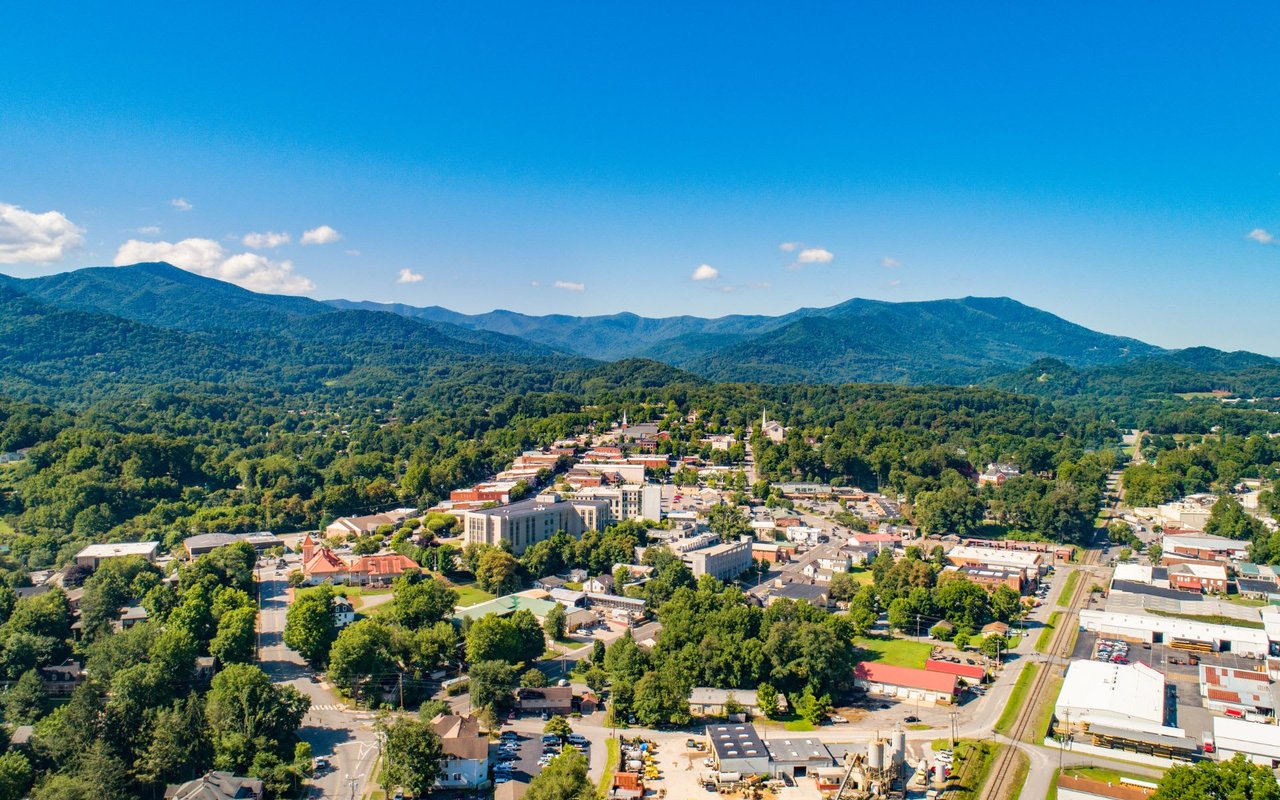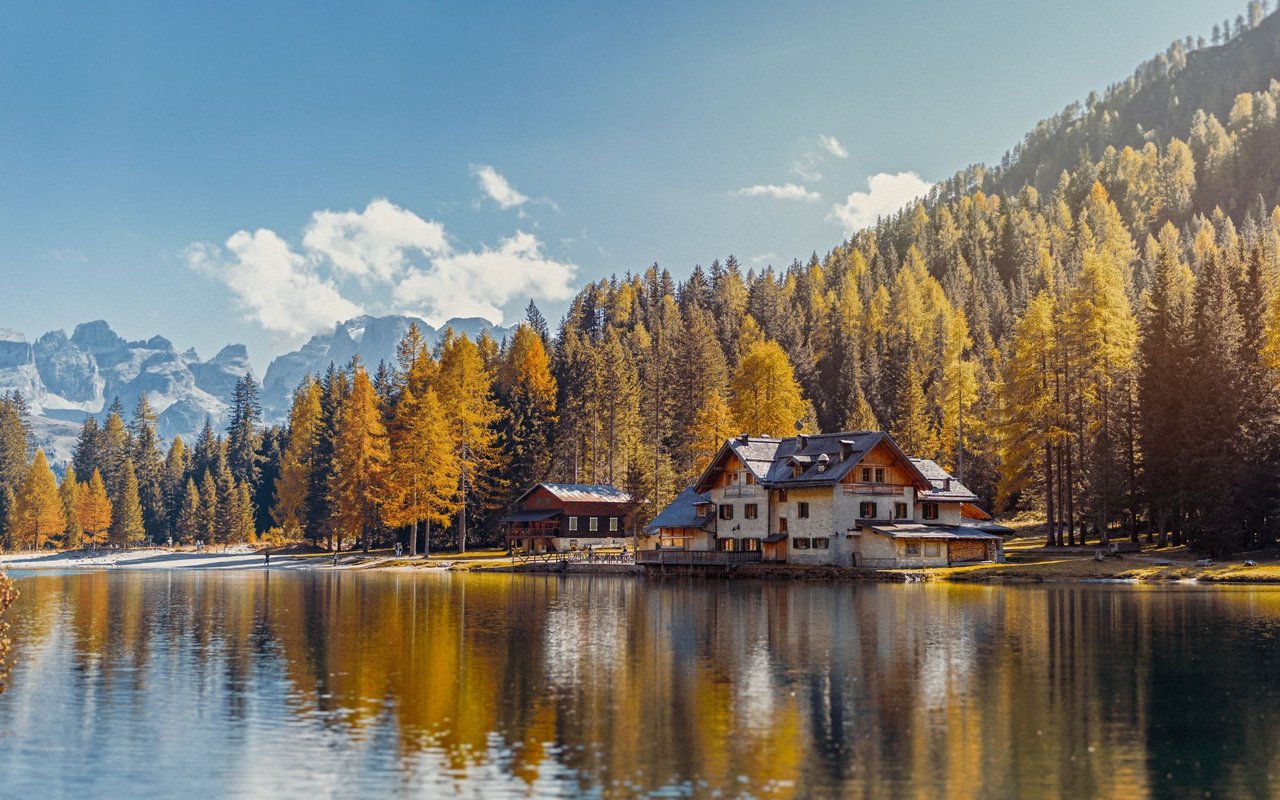Did you know that North Carolina has the largest population of Indigenous peoples East of the Mississippi River? With eight officially recognized tribes in total, we collectively acknowledge that every land transaction we participate in takes place on the traditional lands of these people. The ancestors of these tribes were here long before English settlers made their way from Manteo to the Appalachian mountain range.
Eastern Band of Cherokee
Cherokee, NC near the Great Smoky Mountains National Park
NC’s only federally recognized tribe + is governed within the US as a sovereign nation with 14,000+ members. In the 1800s, approximately 16,000 Cherokees were relocated to Oklahoma coinciding with the Trail of Tears.
Coharie
Harnett and Sampson counties.
Descended from the aboriginal Neusiok tribe and was officially recognized by NC in 1971; currently has ~3,000 members.
Haliwa-Saponi
Halifax and Warren counties near Rocky Mount
Recognized in NC since 1965 + currently has ~3,800 members, with 80% living within a six-mile radius of the town of Hollister.
Lumbee
Robeson, Hoke, Cumberland, and Scotland counties
With 55,000+ members — NC’s largest recognized tribe and the largest tribe east of the Mississippi River. Currently seeking federal designations through the Lumbee Recognition Act, which was introduced to Congress in 2019 by Rep. G.K. Butterfield.
Meherrin
Hertford County near the Albemarle Sound
Closely related to the Iroquois Confederacy, tribe members — numbering ~900 — refer to themselves as “people of the water.” The tribe was officially recognized by the state of NC in 1986.
Occaneechi Band of the Saponi Nation
Alamance County ~40 minutes from downtown Durham
Recognized by NC in 2002 + purchased 25 acres of tribal grounds near Burlington in 2004. The tribe currently has around 1,100 members and is working to revive cultural traditions among the population.
Sappony
Person County along the Virginia state line
Recognized by NC in 1911 and VA in 1913 + the only NC tribe whose ancestral lands cross the boundary with another state. At last count, the tribe had approximately 850 members.
Waccamaw Siouan
Columbus and Bladen counties ~45 minutes from Wilmington
Also known as “the people of the falling star,” the tribe’s homeland is situated along the edge of the Green Swamp. Officially recognized by NC in 1971 + currently has approximately 2,600 members.
Land acknowledgements are an important reminder that we live in a “history-driven present”.
With the utmost respect, we thank these communities, specifically the Shakori and Occoneechee in our local areas, for their continued commitment to protecting this land and her resources and we aspire to uphold that pledge.
Interested in learning more? The Native Land App uses GPS satellites to connect you to the history and current tribal news of indigenous peoples wherever you go in the United States.
For more details on land acknowledgements in general, this article explains further. You can also visit NC’s Department of Indian Affairs (geez that needs a name change) here.
Statistical information originally compiled by Asheville Today.
























































